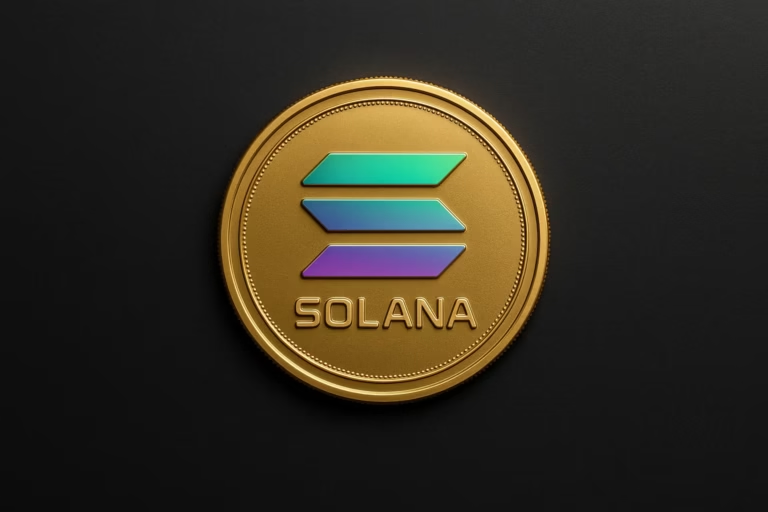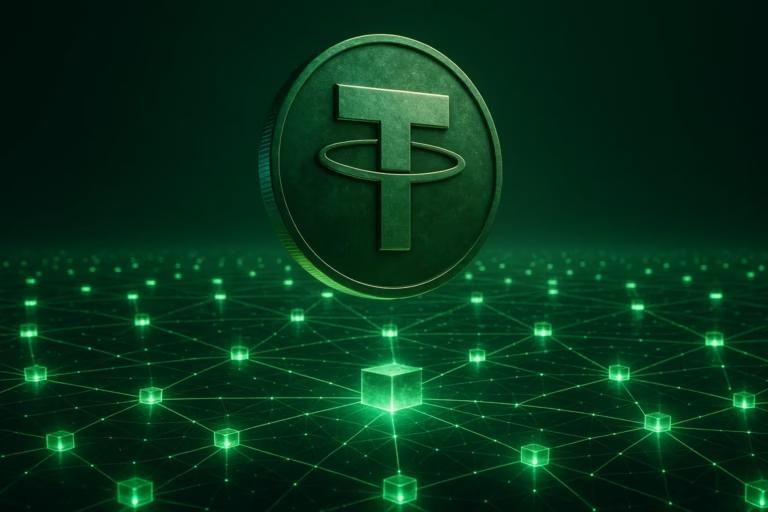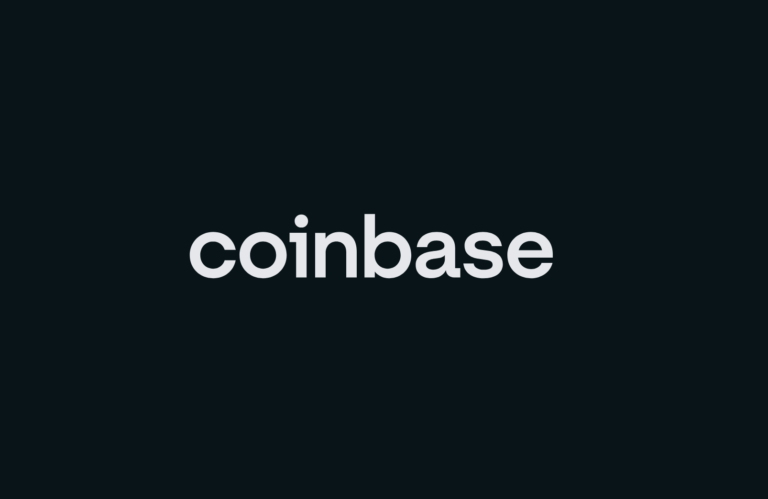
- Binance’s latest burn of 1.15 billion Terra Classic (LUNC) tokens has had minimal impact on its market value, despite ongoing efforts to reduce the token supply.
- The high circulation of LUNC continues to suppress its price, with significant burns failing to produce sustainable positive price movements.
On August 1, Binance executed a significant burn of 1.15 billion Terra Classic (LUNC) tokens, aimed at reducing the token’s circulating supply. This burn was part of an ongoing strategy by Binance, which has been actively working to control the vast supply of LUNC tokens. The transaction, performed by sending the tokens from the wallet “terra18…24sqe” to a dead address, was meticulously tracked by the community service Luncmetrics. Despite these efforts, the market value of LUNC has seen minimal impact, with the trading price continuing to decline.
🐳 #LUNCBURN ALERT 🐳
— LUNC BURN TRACKER (@LUNCMetrics) August 1, 2024
1,149,430,203 #LUNC was just incinerated. Thanks to @Binance for the $LUNC contribution!
✅ https://t.co/Rkgp6GTGlB
Total #LunaClassic Burn is now: 127,114,318,777
❤️ Like and 🔃 Retweet to show your support!#LUNCcommunity #LUNCarmy #Binance
Comparison of Recent Terra Classic Burns
This recent burn is notable as it represents half of the total transaction fees earned from LUNC trading on Binance in July. Binance’s strategy includes burning 50% of the trading fees collected from LUNC transactions each month. In July, Binance burned 1.7 billion tokens, whereas August saw a reduction, indicating either a change in trading volume or a deliberate adjustment in the burn rate.
Since May 2022, Binance has burned over 63 billion LUNC tokens, representing about half of the total tokens removed from Terra Classic’s supply. This effort is paralleled by the community, with additional burns like the 1,000,000 LUNC tokens burned by TerraCasino_io, further reducing the overall supply.
Impact on LUNC Market Value
Despite these concerted efforts, the total amount of burned LUNC tokens, now reaching 128,337,956,770, has not significantly influenced the market value. With a circulation of over 5.44 trillion LUNC tokens, the high supply continues to suppress the token’s price. Currently, LUNC’s price hovers around $0.00007393, experiencing a 2.8% drop in the last 24 hours.
Previous large burns, such as the 4.17 billion tokens in April and a record 5.5 billion in January, also failed to produce a sustainable positive price movement for LUNC. This persistent decline suggests that even aggressive burning measures may not be sufficient to drive substantial market value increases in the short term.
Binance Whale Activity and Market Movements
In related market activities, a significant whale moved 400 billion PEPE tokens to Binance, causing a 4.25% drop in PEPE prices within 24 hours. This movement aligns with the broader market trend where meme coins are under considerable selling pressure. Over the past week, PEPE has experienced a 20.72% decline.
https://twitter.com/search?ref_src=twsrc%5Etfw%7Ctwcamp%5Etweetembed%7Ctwterm%5E1818934161417367749%7Ctwgr%5E38f0bf6b572329a66a859d902b4c71f60c20bf7f%7Ctwcon%5Es1_&ref_url=https%3A%2F%2Fwww.thecoinrepublic.com%2F2024%2F08%2F03%2Fterra-classic-lunc-struggles-despite-binances-1-15-billion-token-burn%2F&q=%24PEPE&src=cashtag_click
Binance remains a crucial player in the effort to decrease the Terra Classic token supply through regular burns. However, these significant actions have yet to yield a major impact on the LUNC market, highlighting the challenges of managing a large token supply and achieving desired market effects.




